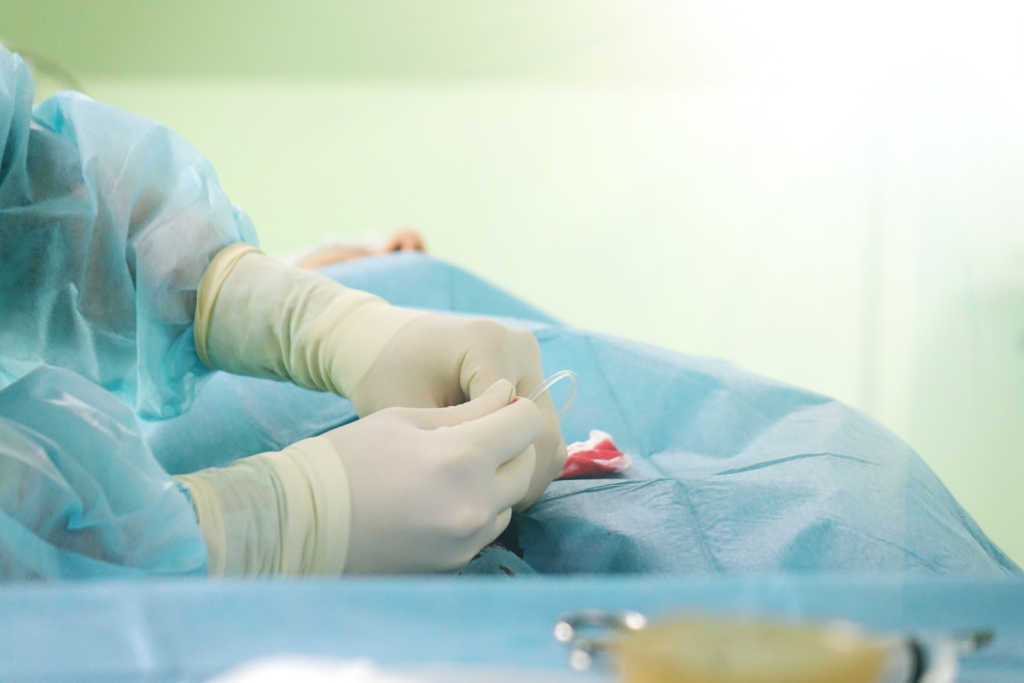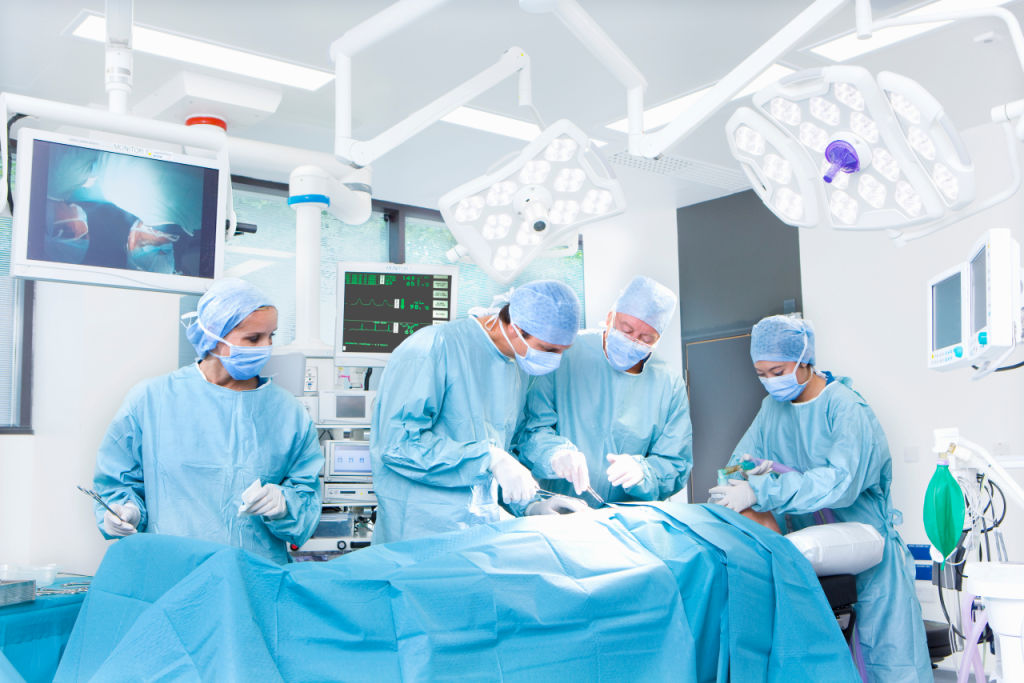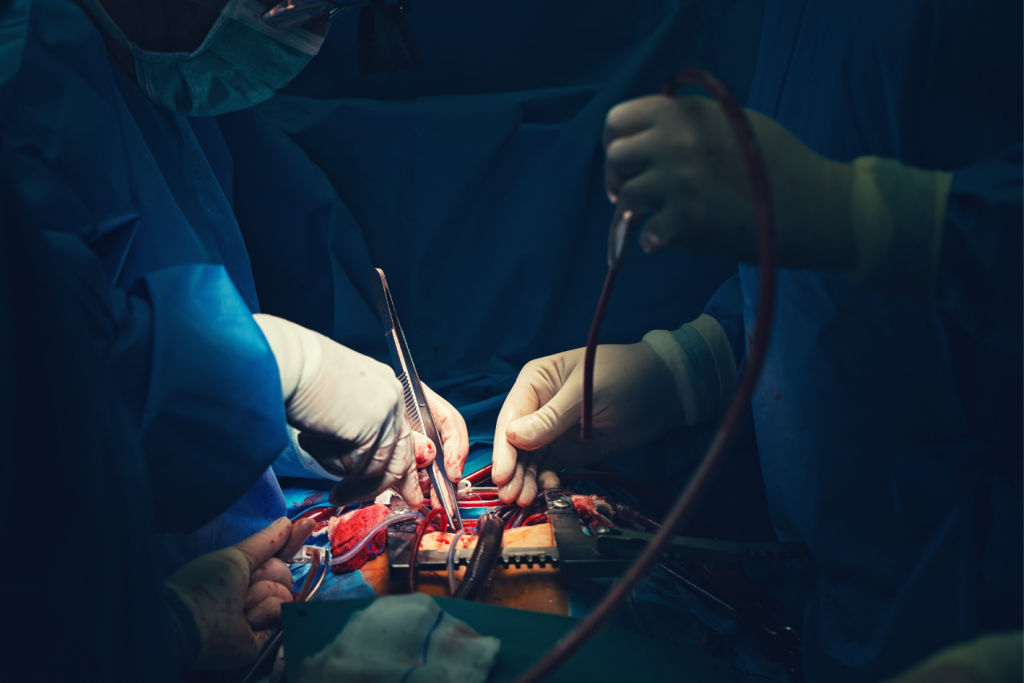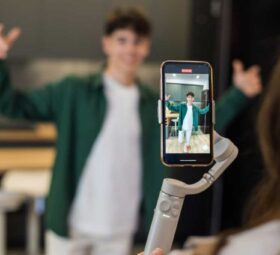- Browse All
- No categories
There are a number of reasons why surgeons love robotic surgery. In addition to improving surgical outcomes, it reduces the risk of infection and other complications. If you’re considering surgery, robotic technology may be the right choice for you. Read on to learn more.
LESS BLOOD LOSS
Robotic surgery results in a less invasive procedure than traditional “open” surgery. This can lead to less blood loss and faster recovery times. Robotic patients are also discharged from the hospital sooner than those undergoing laparoscopic surgery. In general, patients can return to normal activities within two to three weeks after robotic surgery.

Robotic surgery uses a computer-guided robotic system to make tiny incisions. This technique reduces blood loss and the chance of damaging nearby blood vessels. Moreover, it results in less trauma to the body and quicker recovery times. Because robotic surgery requires fewer incisions than traditional open surgery, the patient will be able to resume normal activities sooner than those who underwent traditional open surgery.
Another benefit of robotic surgery is that it allows surgeons to perform surgery with more precision and less scarring. This technology can rotate surgical instruments and allow for better precision. In addition, it has a camera that allows surgeons to see the surgical area in 3D. Furthermore, the robots use tiny instruments that enable them to perform surgical steps inside the body.
PRECISION
Precision is a critical component of robotic surgery. Robots help surgeons insert surgical instruments at precise angles and positions, resulting in higher accuracy and dexterity. The mechanical devices also facilitate advanced visualization and task execution. The robotic components need to be precise to meet regulatory standards, and a surgical robot should demonstrate both safety and efficiency.

Robotic surgery reduces the amount of tissue manipulation, which decreases postoperative pain. The robotic arms also have a magnified 3D camera that allows the surgeon to see internal structures. The surgeon controls the robotic arms from a console near the patient.
CONTROL PROCESS
Robotic surgery gives surgeons control of the surgical process and improves the safety of surgical procedures. Its advanced controls and multiple degrees of freedom enable the surgeon to perform delicate procedures without tremors and without compromising his visual field. The robotic system can also communicate with the surgeon and other equipment in the operating room. In addition, it can integrate with preoperative imaging and intraoperative image fusion, making it easier for the surgeon to monitor the surgical process.

The surgeon controls the robotic platform using a computer console. The robot’s four arms are equipped with cameras and instruments that mimic the movements of the surgeon. The surgeon sits at a console that has a high-definition 3-D image of the surgical site. The robot’s arms are controlled by a computer system that mimics the surgeon’s movements, allowing him to have maximum control over the surgical process.
MINIMALLY INVASIVE SURGERY
Minimally invasive surgery is an advanced technique that allows surgeons to perform a variety of procedures through tiny incisions. Most of these procedures require only a couple of stitches and are associated with shorter hospital stays and quicker recovery times. The surgeons at Jefferson Medical Group are highly skilled in performing minimally invasive surgery, and they will discuss the different procedures available to you.

In the past two decades, robotic surgery has made significant advances. The number of surgeries performed by robots is expected to double by 2020. This technology has been used by surgeons from all fields to perform complex surgeries in less time. The first commercially available robotic system was developed by Intuitive in the late 1990s. It is now one of the most advanced and widely used robotic systems in the world and has been used in over ten million procedures.
COST-EFFECTIVE
To make robotic surgery cost-effective, it must show an improved outcome over conventional approaches and have significantly reduced instrument and system costs. Until this can be achieved, the cost of robotic surgery is prohibitive. In fact, reducing the cost of robotic systems is a critical prerequisite to large-scale adoption. In the meantime, the exponential use of robotic surgery is based largely on the marketing machine and patient demand.

As with any new technology, costs should be measured against benefits, and the cost of robotic surgery is no exception. There have been numerous studies to determine the benefits of robotic surgery, but the cost of the procedure is not always the most important factor. The cost of robotic surgery should be evaluated on a per-case basis, and it should include a health economics analysis.
-
 Us to boost semiconductor production invests billions to compete with china
Us to boost semiconductor production invests billions to compete with china -
 We may soon be living in Alexa’s world
We may soon be living in Alexa’s world










No comment